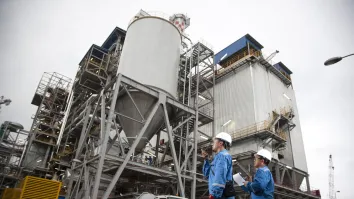Asia-Pacific surpasses pre-pandemic aviation capacity
The growing middle class fuels regional flight demand.
Asia-Pacific is set to lead global aviation in 2025, surpassing pre-pandemic capacity levels and signaling a new phase of post-crisis growth. According to OAG data, total seat capacity in the region is now 0.5% higher than in 2019, marking a turning point after years of lagging behind other global markets.
Independent aviation analyst Brendan Sobie said Asia-Pacific’s delayed recovery is finally gaining strong momentum, fueled by rising demand from emerging economies. “It took a long time for Asia Pacific to recover after the pandemic, longer than the other regions, and fortunately, now we're quite recently above pre-pandemic levels,” Sobie said.
He noted that while some markets remain below 2019 levels, others are “significantly beyond the pre-pandemic levels and have shown quite good growth the last couple of years.” According to Sobie, this surge comes from “dynamic emerging countries where we have a growing middle class population and growing discretionary travel budgets.”
The trend is also driven by first-time and younger travelers, reflecting Asia’s expanding economic base. “There’s a lot of younger people as well who are traveling in Asia Pacific. The younger population and the middle class population is growing, and this is the fundamental driver to the demand,” Sobie said.
While demand continues to rise, airlines are also innovating to meet new operational challenges. Leonard Tan, Regional Director for Singapore, Malaysia, Brunei, and Greater China at OutSystems, highlighted Scoot’s virtual Operations Command Center (vOCC) as a breakthrough in airline disruption management.
“For commercial airline companies like Scoot, it is essential to ensure effective cross-department collaboration and fast seamless communication at all times, especially during unexpected disruptions, to maintain customer trust and satisfaction,” Tan said.
He added that the vOCC platform “consolidates manual, isolated communication systems into a centralised platform, eliminating bottlenecks for swift decision-making and enabling real-time critical information dissemination.” The application increased data visibility by 90% and reduced manual processing time by 60%, setting “new benchmarks across the industry.”
Tan said such innovations, supported by AI-powered low-code platforms, help carriers overcome legacy system challenges while maintaining governance and security — key steps as Asia-Pacific aviation accelerates into its next growth cycle.



















 Advertise
Advertise








Commentary
Fees friction is testing Asia’s academic ambitions
Turning the tide on friendly fraud as Asia’s payments surge